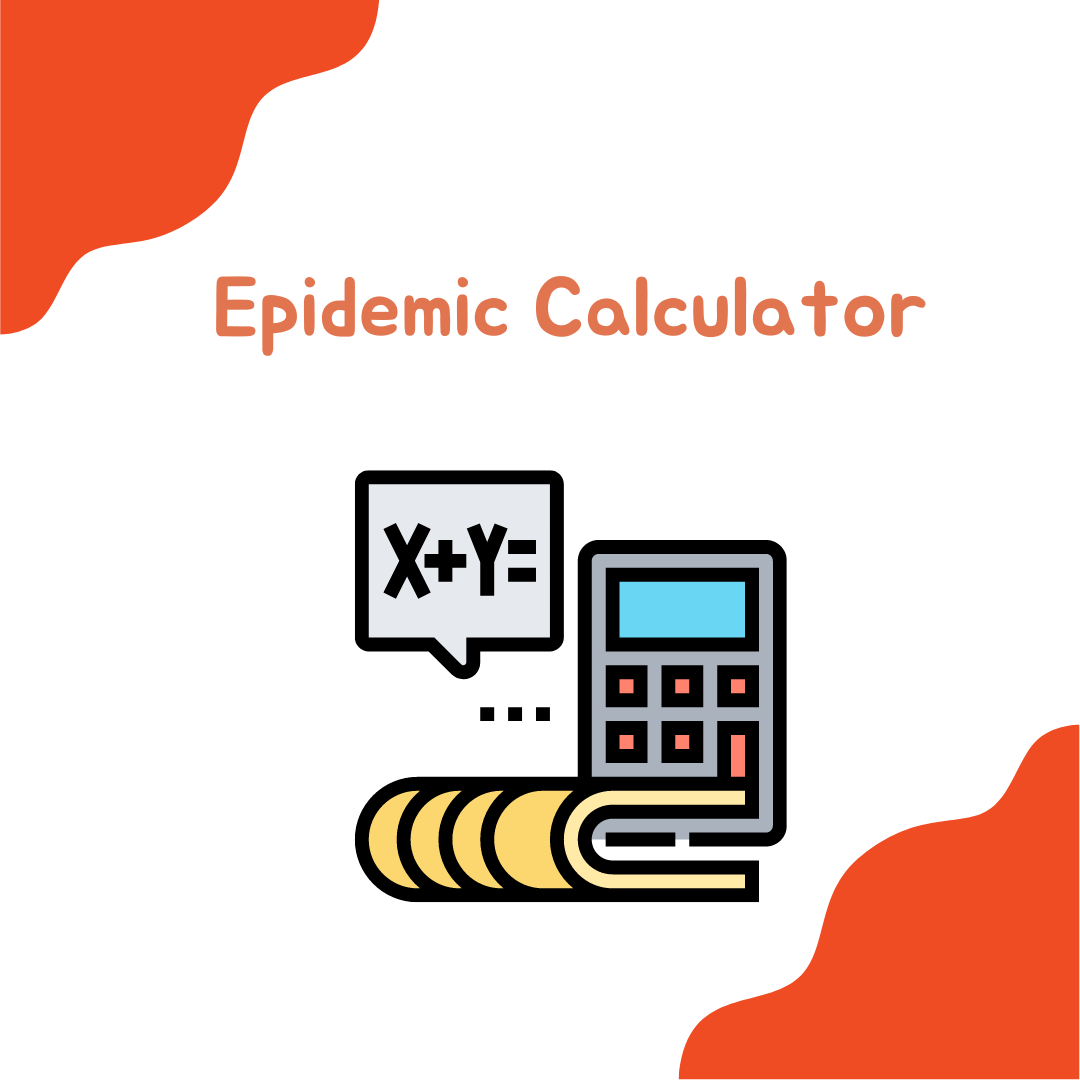Epidemic Calculator
Epidemic Calculator - Developing Effective Response Strategies
The Epidemic Calculator plays a crucial role in public health by providing researchers, healthcare professionals, and policymakers with essential insights into potential outbreak scenarios and aiding in developing effective response strategies.

Raise Public Awareness
The calculator can raise public awareness about the importance of preventative measures, such as hand hygiene, mask-wearing, and social distancing, in reducing the spread of infectious diseases.
Wholesale Price Calculation Formula
Sure! The formula for calculating the wholesale price is as follows:
Wholesale Price = (Cost of Goods Sold + Overhead Costs) / (1 – Profit Margin)
Key Features of the Epidemic Calculations
Disease Parameters:
The calculator allows users to input critical disease-specific parameters, such as the primary reproduction number (R0), incubation period, infectious period, and mortality rate. It is a fundamental indicator of a disease’s potential for spreading.
Population Dynamics:
The tool considers the size and structure of the population, including factors like birth rates, death rates, and migration. This information helps researchers understand how changes in demographics can influence disease transmission.
Transmission Models:
The calculator implement mathematical models to simulate disease transmission dynamics. Standard models include the Susceptible-Infected-Recovered (SIR) model, Susceptible-Exposed-Infectious-Recovered (SEIR) model, and more complex variations incorporating additional factors like vaccination and social distancing.
Intervention Scenarios:
Users can test different intervention strategies to assess their potential impact on disease control. These interventions may include vaccination campaigns, quarantine measures, travel restrictions, and other public health initiatives.
Visualizations:
The calculator often generates graphs and charts to visualize the projected disease progression under different scenarios. These visual representations make it easier for users to interpret and communicate the potential impact of an outbreak and the effectiveness of various interventions.
Real-Time Updates:
In some instances, calculator can be integrated with real-time data streams, allowing them to provide up-to-date predictions and adapt their projections as new information becomes available.
Limitations of Infection Calculator
It is crucial to understand that while the Calculator is a valuable tool, it has its limitations:
Uncertainty in Data:
The accuracy of the calculator’s predictions heavily relies on the quality and accuracy of the data used as input. Only complete or accurate data can lead to reliable projections.
Simplified Models:
Most calculators use simplified mathematical models to facilitate computation. While these models provide valuable insights, they may need to fully capture the complexity of real-world disease transmission.
Assumptions:
The calculator makes assumptions about the behavior of the disease and the population, and these assumptions may not always hold in practice.
Lack of Social Factors:
Some calculators may need to account for complex social dynamics that influence disease transmission, such as human behavior, cultural practices, and economic factors
Controlling and Mitigating
Despite these limitations, the Calculator remains a valuable tool for understanding disease dynamics and evaluating the potential impact of interventions in controlling and mitigating the spread of infectious diseases.


